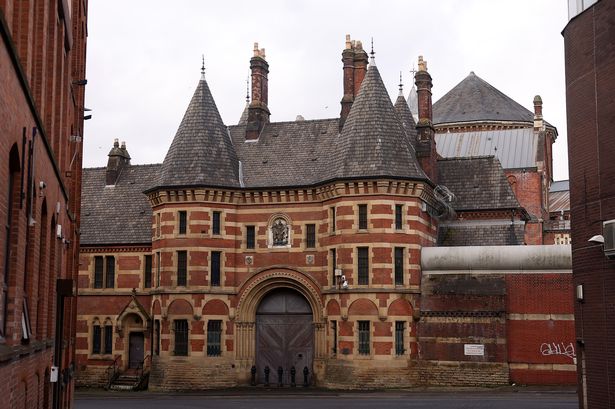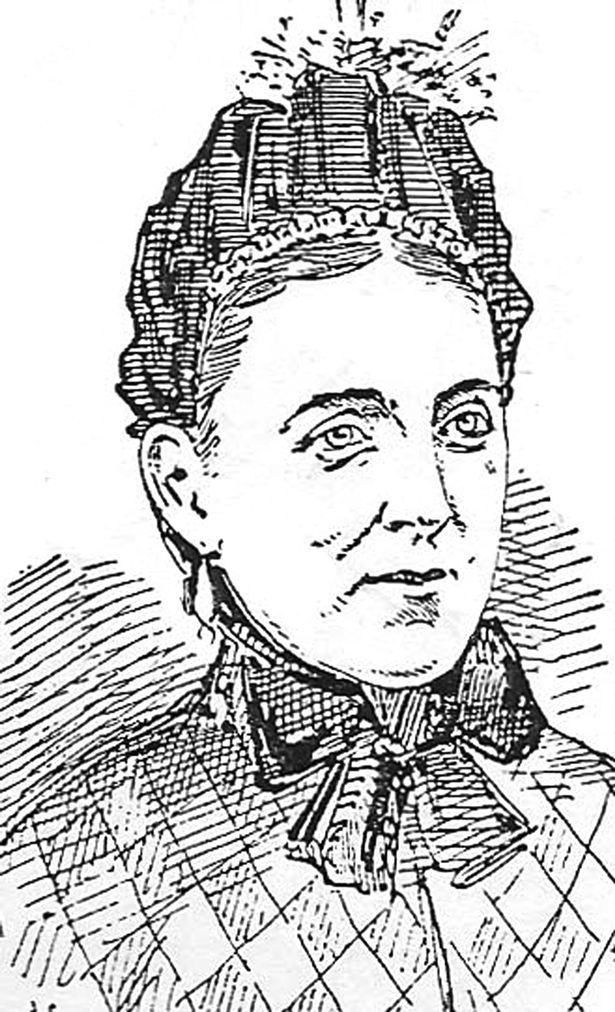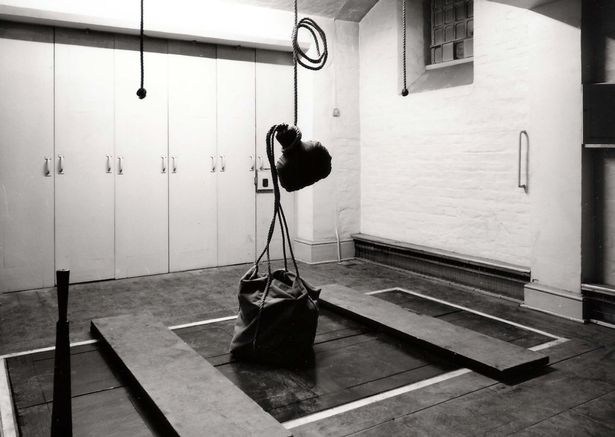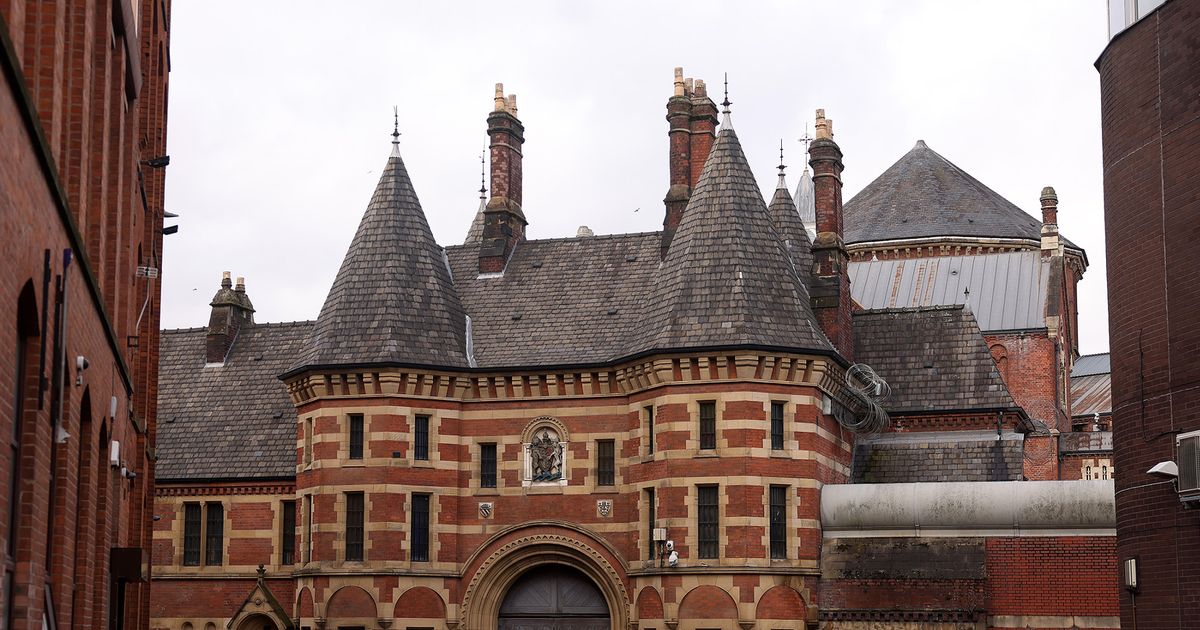Mary Ann Britland, 38, was the first woman ever to be hanged at Strangeways Prison Mary Ann Britland was the first woman to be hanged at Strangeways(Image: Manchester Evening News)
Mary Ann Britland was the first woman to be hanged at Strangeways(Image: Manchester Evening News)
Sensational murder cases are always sure to hit the headlines. One such case is that of Erin Patterson, a 50-year-old Australian woman who was recently found guilty of murdering three relatives with poisonous mushrooms she cooked in a beef wellington in 2023.
It’s perhaps not just that Patterson killed three relatives that has caused her to story reach infamy around the world, but the method with which she did it. The notion that she intentionally laced their food with lethal fungi and served it as a family meal; watching silently as they tucked in, oblivious to the terrible consequences that were to come.
With great leaps in medical and forensic science over the last century, murder by poison has somewhat gone out of fashion. However, in the Victorian era, poison was the first choice to commit a diabolical murder, mainly by women.
One of the main reasons was the ease of access. In the Victorian era, arsenic was widely used for a number of applications, including medicinal or as a pigment in dyeing clothes.
Other freely available poisons that could easily be purchased were cyanide and strychnine. The same deadly concoction was used in one particularly famous case that saw the first woman to be executed by hanging in Strangeways prison in 1886.
Love Greater Manchester’s past? Sign up to our nostalgia newsletter here
In total, four women were hanged at Strangeways. Mary Ann Britland, Louie Calvert, Margaret Allen, and Louisa May Merrifield all killed between one and three people in their lifetimes.
The first was factory worker and barmaid Mary Ann Britland, born in Bolton in 1847.
At 38 years old, Britland lived with her husband Thomas at 92 Turner Lane, Ashton-under-Lyne, with daughters Elizabeth Hannah and Susannah.
They lived opposite Thomas Dixon and his wife Mary. Britland had begun a secret affair with Thomas Dixon and later suspected that her eldest daughter, Elizabeth, had also become infatuated with him.
Another account suggests Elizabeth had confessed to her mother that she had seen her with Thomas Dixon and threatened to tell her father.
In March 1886, Britland went to a nearby chemist and, claiming to have had a mouse infestation at her home, bought several packets of Harrison’s Vermin Killer, which contained strychnine and arsenic.
Newspapers at the time reported that later that day, 19-year-old Elizabeth had retired to her room for the evening, where she had been taken violently ill with extreme vomiting, diarrhoea and convulsions.
 Artist’s sketch of Mary Ann Britland
Artist’s sketch of Mary Ann Britland
She died the following evening, and a doctor who had attended to her deemed her to have died of natural causes.
After claiming the £10 insurance policy on her daughter’s life, Britland’s next victim was to be her husband.
On April 30, following another trip by his wife to the chemist during the day, Thomas Britland was taken ill later the same evening with similar symptoms.
He seemed to make a recovery, but following a second trip by Britland to the chemist to top up on rat poison, he was taken ill for a second time and died on May 3.
His death was deemed to have been caused by epilepsy. Yet again, Britland claimed the insurance, pocketing around £20.
Join the Manchester Evening News WhatsApp group HERE
Following the death of her husband, Britland was taken in by her neighbours, the Dixons – yes, the same Thomas Dixon with whom she was already having an affair.
On the night of May 13, following supper with Britland and the rest of her family, her love rival, Mary Dixon, became ill. She had all the symptoms of poisoning with strychnine and arsenic, and died at six o’clock the following morning.
This time, suspicions were raised, and all three bodies were given post-mortem examinations. Both Elizabeth and Thomas Britland had to be exhumed from their graves.
Arsenic was found in the cases of Elizabeth and her father, while strychnine and arsenic were present in the body of Mary Dixon. Britland was soon arrested.
‘The worst woman I ever hanged’ Execution chamber at Strangeways
Execution chamber at Strangeways
At her two-day trial in July, Britland argued that the insurance payouts were too small to be a motive, but the lack of mice in her house damned her. She was found guilty of the three murders and condemned to hang for the crimes.
On August 9, 1886, Mary Ann Britland was led to the gallows at Strangeways to be executed by hangman James Berry.
Crowds had already gathered outside the jail in Southall Street by eight o’clock that morning to be present at the first woman hanged at the prison.
Just after eight, Mary Ann Britland, limp and on the brink of collapse, was led out and supported by two female wardens who assisted her to the scaffold.
An account of the execution that appeared in the Manchester Times on August 14, read: “The prisoner appeared in need of support, and was held by the female warders till the last moment. The prisoner had been greatly depressed of late, and was said to have become very penitent.
“She had taken little or no supper or breakfast, and was now evidently distressed. She cried out on the way to the scaffold, and in her last moments exclaimed, ‘God have mercy upon me,’ ‘Christ have mercy upon me.'”
James Berry pulled the hood over Britland’s face and strapped her feet before rapidly adjusting the noose around her neck. The warders stepped aside, and Berry pulled the lever, dropping her seven feet through the trap door to her death.
James Berry would later say that Mary Ann Britland was “The worst woman I ever hanged”.
